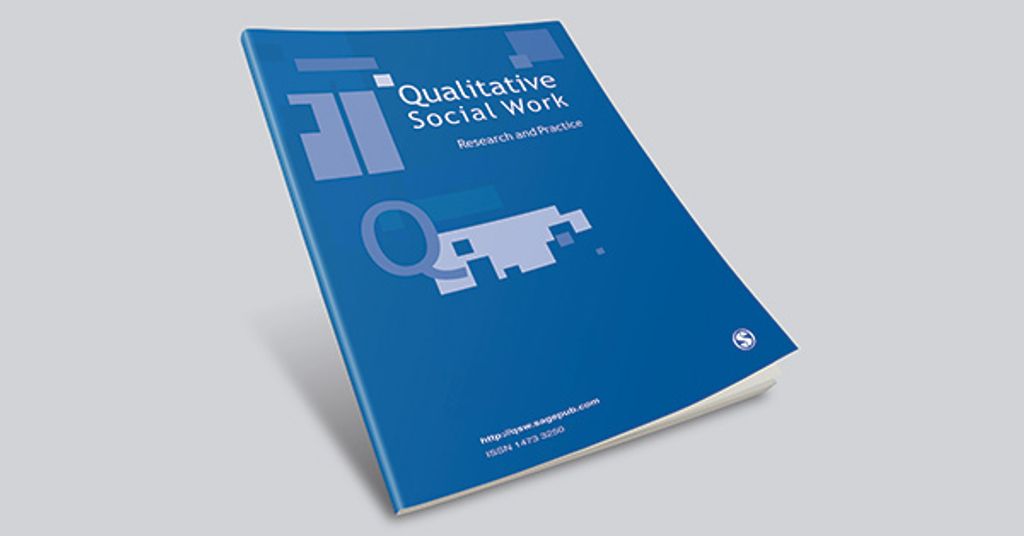
In today's digital age, email has become an essential communication tool for scholars. However, managing and organizing scholar emails can be a time-consuming and overwhelming task. Streamlining the scholar email workflow is crucial to ensure efficient communication and collaboration. This article explores various strategies and tools to optimize scholar email management, from organizing the inbox to automating responses and collaborating effectively. By implementing these practices, scholars can save time, reduce stress, and enhance productivity in their email workflow.

Managing emails efficiently is crucial for scholars to stay organized and focused. With the increasing volume of emails received daily, it can be overwhelming to keep track of important messages and prioritize tasks. A streamlined email workflow helps scholars save time, reduce stress, and improve productivity.
Managing a large volume of emails can be overwhelming for scholars. With numerous emails coming in from various sources, it can be difficult to keep track of important messages and prioritize tasks. Additionally, scholars may face challenges such as email overload, spam emails, and difficulty in finding specific information in their inbox. These challenges can hinder productivity and lead to missed opportunities or important deadlines.
An efficient scholar email workflow consists of several key components that help streamline the management of emails. These components include organizing the inbox, automating email responses, collaborating with scholars, and managing email notifications.
Creating folders and labels is an essential step in organizing your scholar email inbox. By categorizing your emails into different folders and applying labels, you can easily locate and manage specific types of emails. Here are some tips for creating folders and labels:
By organizing your emails into folders and applying labels, you can streamline your email workflow and quickly find the information you need.
Setting up filters and rules is an essential step in organizing your scholar email inbox. Filters allow you to automatically categorize incoming emails based on specific criteria, such as sender, subject, or keywords. This can help you prioritize and manage your emails more efficiently. Rules, on the other hand, enable you to automate actions for incoming emails, such as marking them as read, moving them to specific folders, or forwarding them to other recipients. By setting up filters and rules, you can streamline your email workflow and ensure that important emails are easily accessible.
The Priority Inbox feature in Gmail is a powerful tool for managing your scholar emails efficiently. It automatically separates your inbox into different sections, allowing you to prioritize and focus on important emails first. Here are some key benefits of using the Priority Inbox:
Implementing the Priority Inbox can greatly streamline your scholar email workflow, ensuring that you never miss important communications and can efficiently manage your inbox.

Setting up email templates can save you time and effort when composing repetitive emails. Email templates are pre-written messages that can be easily customized and used for common types of emails, such as introductions, follow-ups, or thank-you notes. By creating and using email templates, you can ensure consistency in your communication and streamline your email workflow.
Email autoresponders are a powerful tool for managing your scholar email workflow. They allow you to automatically send pre-written responses to incoming emails, saving you time and ensuring that important messages are acknowledged in a timely manner. Here are some key benefits of using email autoresponders:
Tip: When setting up email autoresponders, make sure to personalize the message and include relevant information such as alternative contact methods or expected response times.
Email scheduling tools are a valuable resource for scholars looking to optimize their email workflow. These tools allow users to compose emails in advance and schedule them to be sent at a later time. This can be particularly useful when working across different time zones or when trying to strategically time important communications.
By utilizing email scheduling tools, scholars can:
Tip: When using email scheduling tools, it's important to double-check the scheduled time and date before finalizing the email. This can help avoid any potential mishaps or miscommunications.
Overall, email scheduling tools provide scholars with greater flexibility and control over their email communications, allowing them to optimize their workflow and improve their overall productivity.

When it comes to effective email communication with scholars, there are a few strategies that can help streamline the process:
Remember, effective email communication is crucial for successful collaboration and efficient workflow.
Collaborating with scholars via email can be an efficient way to work on documents together. By utilizing email, scholars can easily share drafts, provide feedback, and make revisions. Here are some tips for using email for collaborative document editing:
Tip: Consider using a shared cloud storage platform, such as Google Drive or Dropbox, to collaborate on documents. These platforms allow multiple users to edit the same document simultaneously, ensuring real-time collaboration and version control.
Collaborating via email can streamline the document editing process and facilitate effective communication among scholars.
When collaborating with scholars via email, it is important to establish effective communication strategies. Here are some tips to ensure smooth group email discussions:
By following these guidelines, you can foster productive and efficient group email discussions.

Customizing email notification settings allows you to control how and when you receive notifications for new emails. By adjusting these settings, you can ensure that you are only notified about important emails and reduce distractions. Here are some options you can customize:
Customizing these settings can help you stay focused and manage your email workflow more efficiently.
Email filters are a powerful tool for managing notifications and keeping your inbox organized. By setting up filters, you can automatically categorize incoming emails, prioritize certain messages, and reduce the clutter in your inbox. Here are some ways you can use email filters to manage notifications:
Tip: Regularly review and update your email filters to ensure they are still relevant and effective in managing your notifications.
When it comes to prioritizing and responding to urgent emails, it is important to have a systematic approach. Here are some tips to help you manage urgent emails effectively:
Remember, effective prioritization and timely response to urgent emails are key to maintaining good communication and meeting deadlines.
In conclusion, streamlining the scholar email workflow is crucial for efficient communication and productivity. By implementing strategies such as automated filters and clear email etiquettes, scholars can save time and focus on their research. Additionally, utilizing tools like email templates and email scheduling can further enhance the workflow. It is important for scholars to prioritize their emails, set boundaries, and establish a system that works best for them. With these optimizations, scholars can effectively manage their email correspondence and improve their overall productivity.
There are several ways to improve your scholar email workflow. Some strategies include organizing your inbox with folders and labels, setting up filters and rules to automatically categorize emails, using email templates for common responses, and utilizing email scheduling tools to send emails at optimal times.
Common challenges in scholar email management include overwhelming inbox clutter, difficulty in prioritizing and responding to urgent emails, managing email notifications effectively, and collaborating with scholars via email in an efficient manner.
You can organize your scholar email inbox by creating folders and labels to categorize emails, setting up filters and rules to automatically sort incoming emails, and using the priority inbox feature to focus on important emails.
Some strategies for effective email communication with scholars include being clear and concise in your emails, using proper email etiquette, responding in a timely manner, and using email for collaborative document editing and group discussions when appropriate.
You can automate scholar email responses by setting up email templates for common responses, using email autoresponders for out-of-office or vacation messages, and utilizing email scheduling tools to send pre-written emails at specific times.
Some tips for managing scholar email notifications include customizing your email notification settings to receive important notifications only, using email filters to manage and prioritize notifications, and setting aside dedicated time to review and respond to urgent emails.